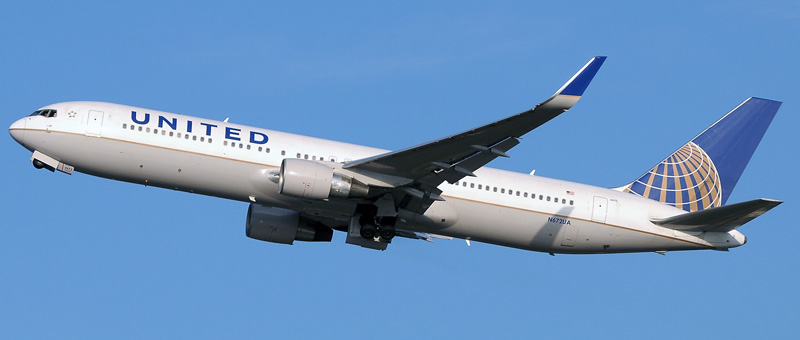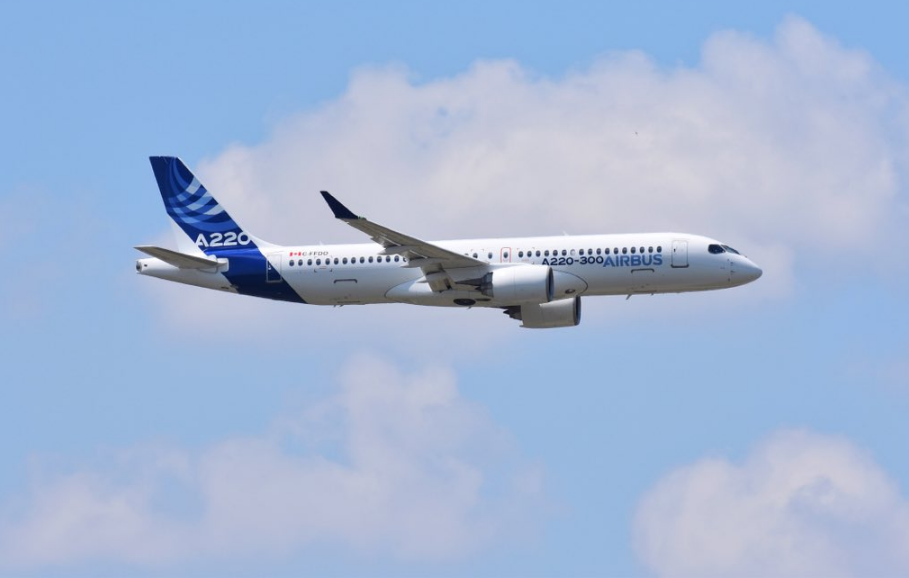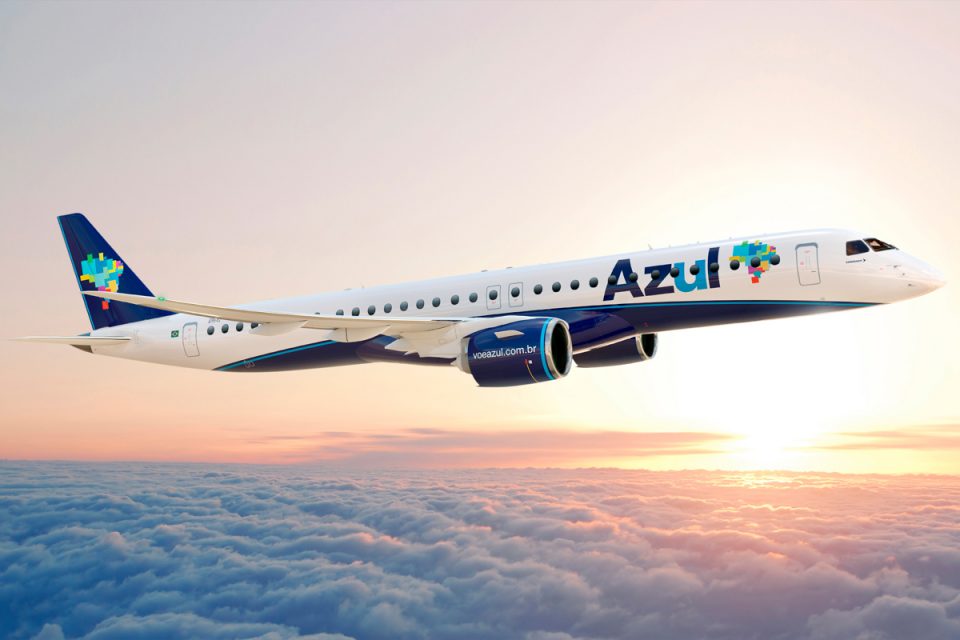Leeham News and Analysis
There's more to real news than a news release.
Pratt & Whitney committed to advanced GTF for Airbus
Subscription Required
Now open for all readers.
By Scott Hamilton
March 30, 2020, © Leeham News: Pratt & Whitney is concurrently developing what might be termed the next generation GTF. This is an advancement over the current engine, but with more thrust and better fuel economics.
 Deurloo eschews the usual Performance Improvement Package (PIP) moniker, however.
Deurloo eschews the usual Performance Improvement Package (PIP) moniker, however.
“We have been discussing with Airbus for some time, an improvement to the current configuration or our expected configuration,” Deurloo said. “I think that’s a testament to the geared architecture. It’s given us some runway to do a little bit more on that engine.
PW has been in conversation with Airbus for the last few years about an engine that will take configuration at the end of this year, and put in an improvement.
Summary
- New name, better economics, better durability.
- Designed for the A321XLR, but greater flexibility.
- Fixing current issues.
“We’re sick and tired of new technologies:” Avolon CEO
Subscription Required
Introduction
By Scott Hamilton
March 16, 2020, © Leeham News: “I can tell you from our perspective, we’re kind of sick and tired of new, new technology. It’s not proven to be the home run.”
This blunt assessment comes from the chief executive officer of the big aircraft lessor, Avolon.
Domhnal Slattery, the CEO, was giving his critique of whether Boeing should launch a new airplane once the 737 MAX crisis is over.
Boeing was on a path to decide whether to launch the New Midmarket Airplane when the MAX was grounded one year ago this month.
Airbus was waiting for Boeing to move before deciding how to respond.
Summary
- Airbus and Boeing should “stick to their knitting.”
- Focus on incremental improvements for now.
- 2030s to 2050s will be the next big advance in technologies.
Bjorn’s Corner: Why e in ePlane shall stand for environment, Part 3. Open rotor revisited.
January 3, 2020, ©. Leeham News: We continue our series why e in ePlane shall stand for environment and not electric.
Our target is to lower air transport’s environmental footprint and we can achieve this more efficiently by using established technologies. As an example, I will describe a very promising concept that has fallen out of focus due to the hype around everything hybrid and electric.
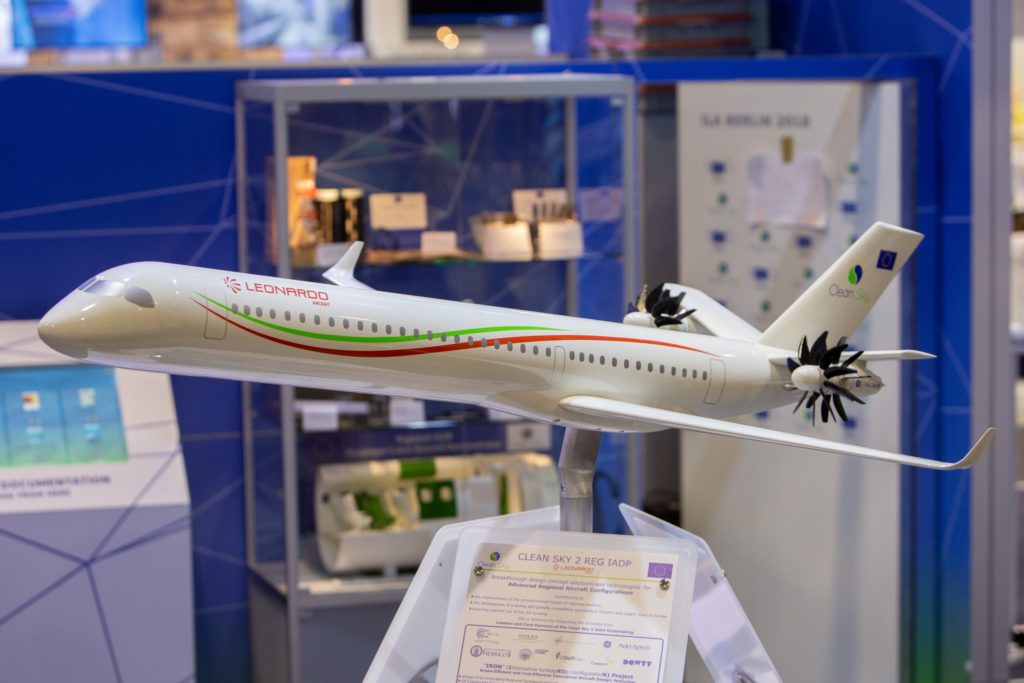
Figure 1. The Clean Sky IRON project aircraft with an Unducted Single Fan (USF) propulsion. Source: Clean Sky.
Read more
Understanding Rolls-Royce’s financials
Subscription Required
By Vincent Valery
Introduction
Dec. 2, 2019, © Leeham News: Rolls-Royce continues to be in the spotlight for the Trent 1000 durability issues, with no end in sight. The engine manufacturer recently increased the total disruption cost estimate to £2.4bn.
The engine-related charges and substantial research and development expenditures have raised questions about Rolls-Royce’s fin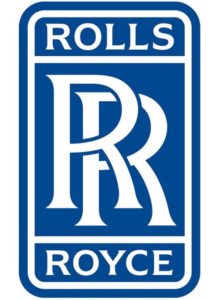 ancial health. As of the end of 2018, the company had a net negative £1bn equity on its balance sheet.
ancial health. As of the end of 2018, the company had a net negative £1bn equity on its balance sheet.
However, the company has a market capitalization of around £14bn and holds a credit rating comfortably in Investment Grade territory.
This article analyzes the reasons for the disconnect between the company book value and market capitalization. Accounting differences between the USA’s GAAP and Europe’s IFRS play a significant role.
Rolls-Royce’s strategic choices in the early 2010s will have ramifications for engine development on future commercial aircraft programs.
Summary
- A tumultuous history;
- From cash cow to binge development spending;
- Brexit and IFRS accounting paint bleaker pictures than reality;
- Strategic decision bites back;
- A lifeline and future engine programs.
Several aircraft programs beset by engine woes
Subscription Required
By Judson Rollins
Nov. 25, 2019, © Leeham News: Nearly every manufacturer of jet engines is experiencing problems with various models, which is causing delays for several prominent Boeing and Airbus programs. The Airbus A220, A320neo, A330neo and Boeing 787, 777X are all experiencing engine-related setbacks.
Summary
- Pratt & Whitney geared turbofan (GTF) operational limitations on A220, A320neo.
- CFM LEAP said to be causing renewed A320neo delivery delays.
- Multiple new airworthiness directives on Trent 1000, 7000.
- GE9x component issues causing delays to first 777X test flight.
Is re-engining the Boeing 767 a good idea?
By Bjorn Fehrm
Subscription Required
Introduction
October 17, 2019, © Leeham News: FlightGlobal writes Boeing is investigating re-engining the 767-400ER with GE GEnx engines to produce a new freighter and perhaps a passenger aircraft as a replacement for the NMA project. Development costs would be lower and it would be easier to get a business plan which closes for the upgraded 767 than for the NMA.
We commented on the idea earlier in the week and here follows a technical analysis of what re-engining the 767 would bring.
Summary:
- The 767 is 40 years old in its base design. We look at the fundamentals to understand the trades involved in extending its life with new engines.
- We also compare the 767 technologies with those for the NMA to understand the compromises of an updated 767RE compared with a clean sheet NMA.
Embraer’s E195-E2 or Airbus A220-300 under 150 seats? Part 4
By Bjorn Fehrm
Subscription required
Introduction
October 10, 2019, ©. Leeham News: We have over the last weeks analyzed what aircraft to choose for the segment 120 to 150 seats, comparing Embraer’s E195-E2 with Airbus A220-300.
After looking at fundamental data, drag data and fuel consumption and other costs for the aircraft, it’s now time to summarize the series by looking at what route networks the aircraft are suitable for.
Summary:
- The E195-E2 and A220-300 address the segment market segment under 150 seats.
- They have similarities but also differences.
- These differences have made an early adopter operate both types over different types of networks.
Embraer’s E195-E2 or Airbus A220-300 under 150 seats? Part 3
By Bjorn Fehrm
Subscription required.
Introduction
October 3, 2019, ©. Leeham News: We have the last two weeks analyzed what aircraft to choose for the segment 120 to 150 seats, comparing Embraer’s E195-E2 with Airbus’ A220-300.
The first week we looked at fundamental data and last week we compared the drag data and by it the fuel consumption of the aircraft. Now, we analyze the other operational costs for the aircraft.
Summary:
- The fuel costs between the E195-E2 and A220-300 are close.
- We now analyze the other operational costs; Crew, Maintenance and Airway/Airport costs to see how these differ.
A380 service life struggles
Subscription Required
By Vincent Valery
Introduction
Sep. 30, 2019, © Leeham News: It hasn’t been an easy year for the Airbus A380 program since the end of production was announced in February.
Lufthansa announced in March that Airbus would buy back six A380s in 2022/2023 as part of a follow up order for 20 A350-900s. Air France intends to retire its Superjumbo fleet by 2022. Emirates retired two aircraft that were less than seven years old.
A number of factors are leading airlines to prematurely retire their A380s.
Summary
- Small MRO market increases maintenance costs;
- (Prohibitively) expensive cabin refurbishments;
- Operators struggling to operate profitably year-round;
- A lack of secondary market;
- No business case for engine PIPs.
Embraer’s E195-E2 or Airbus’ A220-300 for the 120 to 150 seat segment?
By Bjorn Fehrm
Subscription required
Introduction
September 19, 2019, ©. Leeham News: What aircraft to choose for the segment 120 to 150 seats, Embraer’s E195-E2 or Airbus A220-300? After discussions with Airbus’ Rob Dewar at the Paris Airshow, Head of A220 Engineering and Product Support, and a visit to Embraer last week for the E195-E2’s first customer delivery, we have collected some unique insights.
We also had the opportunity to talk to David Neeleman of Azul, Moxy and TAP Portugal when at Embraer, the only owner/operator which has bought both aircraft; E195-E2 for Azul and A220-300 for his Moxy project.
Summary:
- We start with a detailed comparison of the aircraft in this first article.
- While serving the same passenger capacity segment, they are surprisingly different in their design approach and, therefore, in their characteristics.




